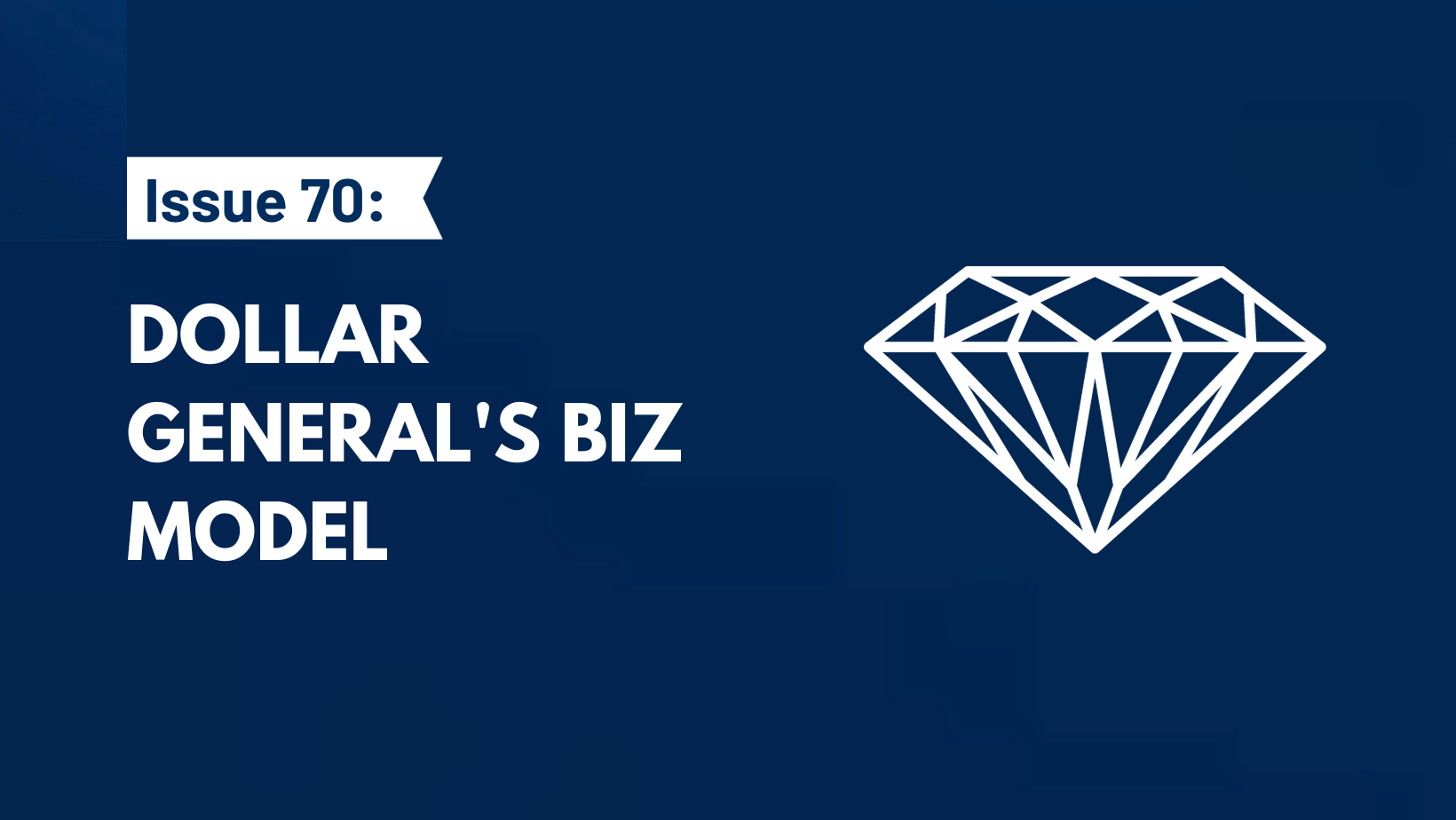NOTE: this was a past issue of my weekly newsletter, Timeless Gems. Join my free mailing list so you don’t miss out on future issues.
Sponsored by Tegus
Are you tired of digging for reliable qualitative insights?
Stop wasting your energy and time searching across disconnected sources or paying exorbitant expert call fees. Let Tegus be your qualitative research launchpad and start with the data everyone else finishes with. We’ll make you the smartest investor in the room.
For a limited time, trial Tegus for free at tegus.com/jayvas.
Today’s gem is this article titled Investing in Software vs. Real Estate written by a friend of mine, Suthen Siva. He’s both a real estate investor & a software investor (via his role at Constellation Software).
The article is great comparison of the similarities between cash-flowing real estate and mature vertical market software. It’s a quick read, but to give you a summary:
- Rent Roll vs ARR
- Attrition vs Vacancy
- Product Stickiness vs Location of Building
- Product Management vs Property Management
- Software Rewrites vs Renovations
- Cash Flow & Returns
I started my investing career via multifamily real estate and it’s still a significant chunk of my net worth today. Real estate investing taught me lessons around cash flow, leverage, risk, valuation/forecast discipline, evaluating opportunities, and generating attractive returns.
Given my real estate investing background, it’s only natural that I started seeing similarities in vertical software companies. The same investing principles apply.
In real estate, high quality assets deliver a high unlevered yield on cost (UYOC). In software, high quality assets deliver a high return on invested capital (ROIC). But the calculation is really the same: the stabilized operating income divided by the total cost to acquire and stabilize the asset. The factors that Suthen laid out in his article help you assess what the UYOC/ROIC for an asset would be, and therefore, determine the quality of the opportunity.
Whether I am looking at real estate deals, or software acquisition opportunities (via Atlasview), I approach the underwriting in a similar manner. Conservatism on assumptions, inputs and forecasts and focus on cash flows, managing capex and risks.




